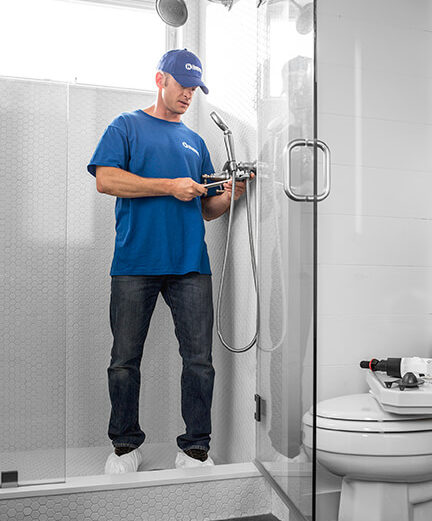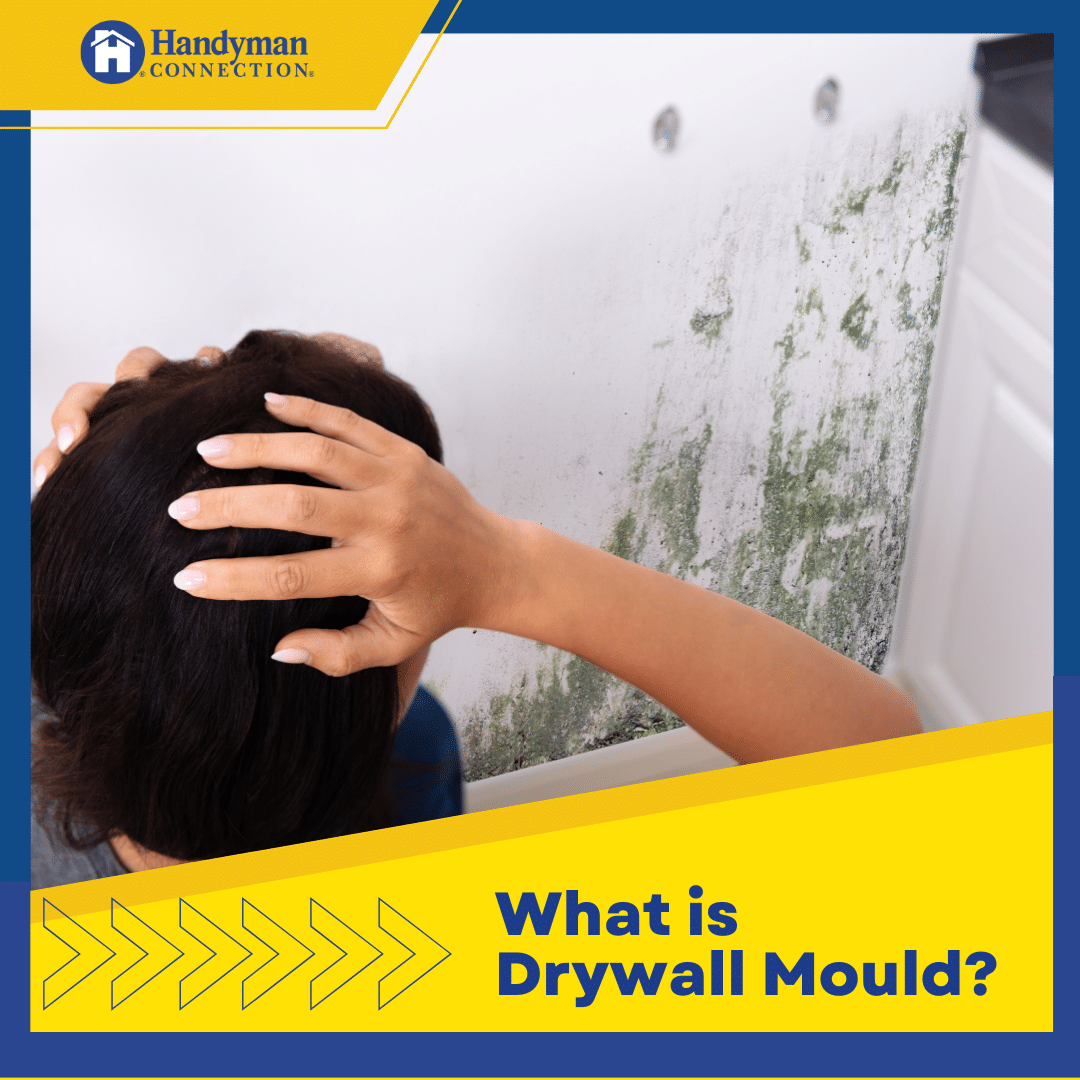We offer a wide range of services for that fresh look, or just maintenance or updates to keep your home functioning and safe. Regardless of the size of the job, we have a craftsman that can tackle it. We offer a wide range of services for that fresh look, or just maintenance or updates to keep your home functioning and safe. Regardless of the size of the job, we have a craftsman that can tackle it.

Drywall / April 21, 2023

A crack in drywall does not cause drywall mould, but it could contribute to the problem. For this reason, timely drywall crack repair in Vancouver is very important. Here is everything you need to know about drywall mould.
Mould is a collective name for many different types of fungus. A fungus is neither an animal nor a plant. It is a distinct form of life that has characteristics in common with each. For this reason, fungi belong to their own taxonomic kingdom.
One way that moulds and other fungi are different from animals and most plants are that they reproduce asexually using spores. Many different types of mould can grow on drywall.
Fungal spores are present both inside and outside your home at all times. Exposure to water activates the spores so they start growing. Once mould starts growing, it can start producing new spores which, if exposed to water, can start growing and cause the mould to spread.
Drywall is a porous material that can absorb water. If mould starts growing inside the little holes and depressions in drywall, it can be difficult, if not impossible, to remove. It may be necessary to replace the drywall completely.
The two main ways that drywall gets wet are through flooding and leaks. Flooding occurs when water comes up from the ground into the house. When this occurs, drywall gets wet from the bottom up. A leak is more likely to occur from above due to damage to an exterior wall or the roof. Exposure to water can cause a leak in drywall, which can form a crack. The crack, in turn, can allow more water to get inside.
Once mould spores start growing, they need to consume organic matter for sustenance. The drywall itself is inorganic, but the paperboard on the outside of the panels is made primarily of cellulose, which is organic and provides a perfect food for mould.
Mould can keep growing as long as conditions are favourable. As it grows, it can spread out far beyond the original affected area. Mould growth can contribute to structural damage as well as health problems.
Mould does not corrode drywall or cause it to break down. However, it can cause unsightly drywall staining that may be permanent. From the drywall, it can spread to the wooden framework of your home, which can weaken and rot due to mould growth.
Mould spores can get into the HVAC system of your home and spread throughout the house. If it comes to rest on other porous materials, such as furniture upholstery, carpets, or curtains, it can start growing there and damage them irreparably.
Some species of mould are pathogens, meaning that they can cause disease if they enter the body. Inhaling these spores can cause respiratory infections such as pneumonitis, or inflammation of the lungs. Mould does not necessarily cause asthma, but it can trigger asthma attacks.
Other species of mould are not pathogenic but can cause allergic reactions in people who are sensitive to them. Breathing in mould spores from the HVAC system can cause symptoms of runny nose, sneezing, coughing, and sinus congestion in people with allergies. Left untreated, these symptoms can decrease quality of life. Rarely, exposure to mould can cause anaphylactic shock, a potentially life-threatening condition, in people with allergies.
Handyman Connection offers professional drywall crack repair in Vancouver, which may help to prevent water leaks and mould growth. If it is too late for that and mould is already growing, we can replace damaged drywall panels as needed. Find out more about our drywall repair services.